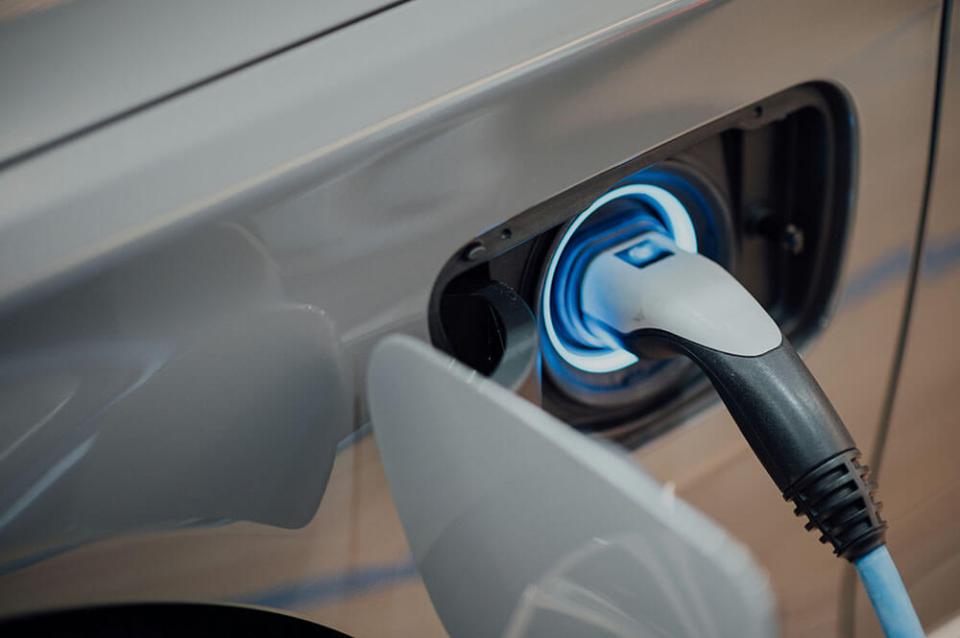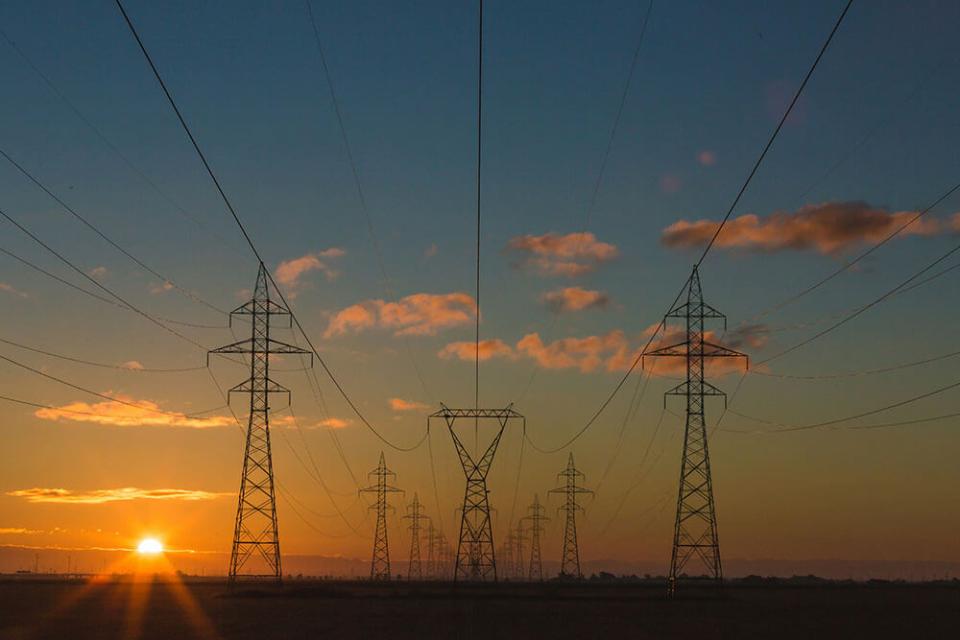The Electric Vehicle Terminology You Should Know: From Regenerative Braking to Level 3 Charging

Starting to dip your toes into the world of transportation electrification and electric vehicles but intimidated by all the acronyms and vocabulary? In this post from our Transportation Electrification Series, we go over all the ins and outs of the language you need to talk like an electric vehicle industry pro. We cover everything from regenerative braking systems and level 3 charging, to load management, TCO, and more.

Vehicles
EV (Electric Vehicle) – A broad category used to describe all vehicles that are powered by an electric motor, this can be fully electric or partially electric vehicles.
Electrified – The term given to something that has been powered by or converted to run on electricity. In vehicle terms, this is used to describe an existing car within a manufacturers portfolio that has had an electric offering introduced.
ICE (Internal Combustion Engine) – The traditional gas-powered engine in most cars and trucks.
ZEV (Zero Emissions Vehicle) – Vehicles that produce zero exhaust emissions of greenhouse gases, particulates, or any criteria pollutants
BEV (Battery-Electric Vehicle) – A Vehicle that runs on an all-electric motor and uses a rechargeable battery, it is plugged into an external electricity source to recharge.
PHEV (Plug-In Hybrid Vehicle) – Plug-in hybrids have both an electric motor and an internal combustion engine. PHEVs are plugged into an external electricity source to recharge their battery.
Hybrid – A vehicle with an electric motor and an internal combustion engine that uses regenerative braking to charge the motor.
Regenerative Braking – The braking system in a PHEV or BEV that transfers energy from the brakes to the vehicle battery where it can be stored and used.
Battery Range – The distance, in miles, an EV is able to travel solely using electricity.
Range Anxiety – This refers to the anxious or worried feeling of operating an electric vehicle with the fear of running out of battery charge while driving.

Charging
kW (kilowatt) – A unit of electric power. Using either alternating current (AC) or direct current (DC) power delivery. The higher the power, the faster the charging.
Kilowatt-Hour (kWh) – A measurement of the amount of energy used by running a 1,000-watt application for one hour.
MPGe (miles per gallon equivalent) – Represents how many miles an EV is estimated to be capable of traveling on the amount of energy contained in a gallon of gas, which is 33.7 kWh according to the Environmental Protection Agency (EPA).
MPkWh (miles per kilowatt-hour) – The estimated miles an EV can go on one kilowatt-hour of battery.
EVSE (Electric Vehicle Supply Equipment) or “Charging Station” – Also known as an EV charging station or EV charging dock. This device allows electricity to safely charge the EV by enabling two-way communication between the charging station and the vehicle, simplifying the charging process by adjusting the onboard charger to ensure it doesn’t exceed charger power limits.
Level 1 Charging – Charging with the standard 110-120-volt outlet or 1.3 – 2.4 kW of AC power. Charging at about 4 to 5 miles of range per hour, this is the slowest of the charging types. To charge an EV with a 100-mile battery takes approximately 17-25 hours.
Level 2 Charging – Charging using installed outlet 208-240 volt outlet with anywhere from 3 – 19 kW of AC power. This gets about 10-20 miles of range per hour. This is the most common type of charging and takes 4-5 hours to fully charge an EV with a 100-mile battery.
SAE J1772 – Type of plug used in Level 2 charging, the most common type in the United States.
Level 3 Charging or Direct Current Fast Charging (DCFC) or “Fast Charging”– Charging at 480 volts or anywhere from 50 – 350 kW DC power, and typically gets about 20 to 70 miles of range per 20-30 minutes. It will take most EVs with a 100-mile battery between 20 to 50 minutes to fully charge.
• CCS (Combined charging system) – Also known as SAE Combo or Combo. This charging plug supports AC and DC charging power levels (alternating and direct current charging power levels) of up to 350 kW. In practice, the value is usually around 50 kW.
• CHAdeMO – Charging plug used in fast charging systems, this charging system is being phased out by most automakers in favor of the CCS charging system.
• Tesla Fast Charging – Proprietary charger and plug that can only be used for Tesla vehicles

Energy Management
Electric Utility – A regulated entity that’s responsible for managing electricity and delivering power to customers. They manage the electric “grid” which is the network for power delivery. With projects that require higher power, it’s recommended to involve the electric utility early.
Electricity Rates – The amount that’s charged for energy consumption, represented in cost per kWh (or $ / kWh). These rates can vary throughout the day, dependent on when there is the highest demand on the utility electricity grid.
Electric Load Profile or Demand Curve – What electricity consumption looks like over time, typically on a daily basis. With vehicle charging, knowing when in the day vehicles consume energy will help to plan for what electricity rates will look like.
Demand Charges – Utilities apply demand charges based on the maximum amount of power that a customer used in any interval (typically 15 minutes) during the billing cycle, outside of their normal electricity rates. Demand charges usually apply to commercial and industrial customers, who tend to have higher peak loads.
TOU (Time of Use Rates) – Time-of-use utility rates, charge customers less for using energy when there is less demand on the electric power grid, or more when there is higher demand.
Load Management and Off-Peak Charging – Shifting energy use to times of day when there is less demand on the electric utility grid, typically at night or in the middle part of the day. This means proactively planning for EV charging to take advantage of lower electricity rates.

Funding & Planning
TCO (Total Cost of Ownership) – The total cost of buying and owning a vehicle, inclusive of incentives, upfront costs, and operations and maintenance. Typically, EVs have a lower TCO than ICE vehicles due to lower maintenance required.
Incentives – Money that is available through federal, state, utility, or air districts to fund the transition to ZEV. This can include funding for the vehicles, charging infrastructure, electricity rates, or lower carbon fuel usage.
Low Carbon Fuel Standard (LCFS) – LCFS is a market-based policy in certain states designed to reduce carbon intensity in fuels. Organizations that deploy electric vehicle charging infrastructure can benefit from LCFS by receiving credits for switching from high carbon (e.g., diesel or gasoline) to less carbon-intensive fuel (e.g., electricity).
